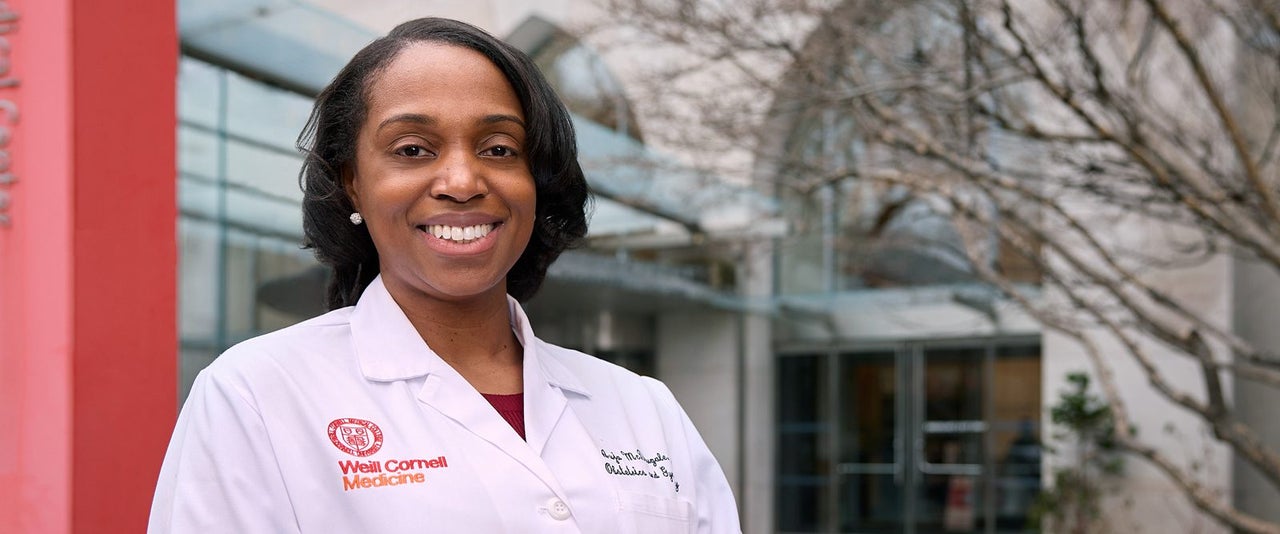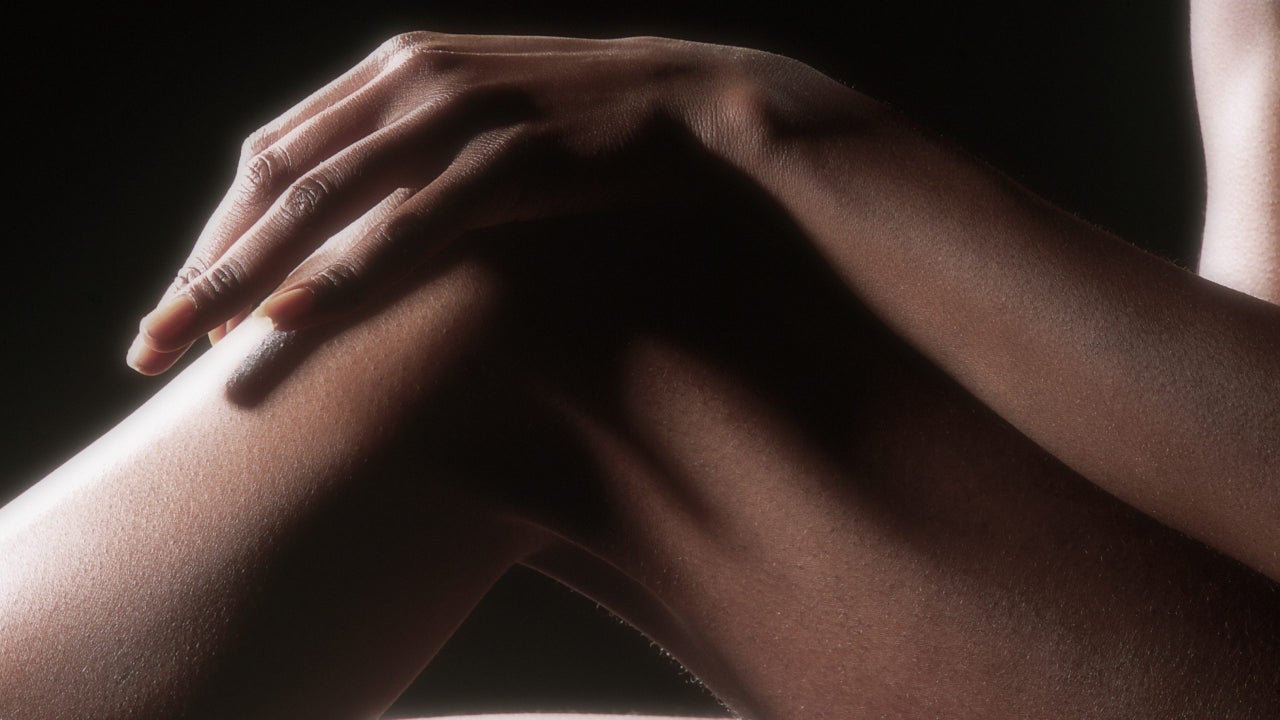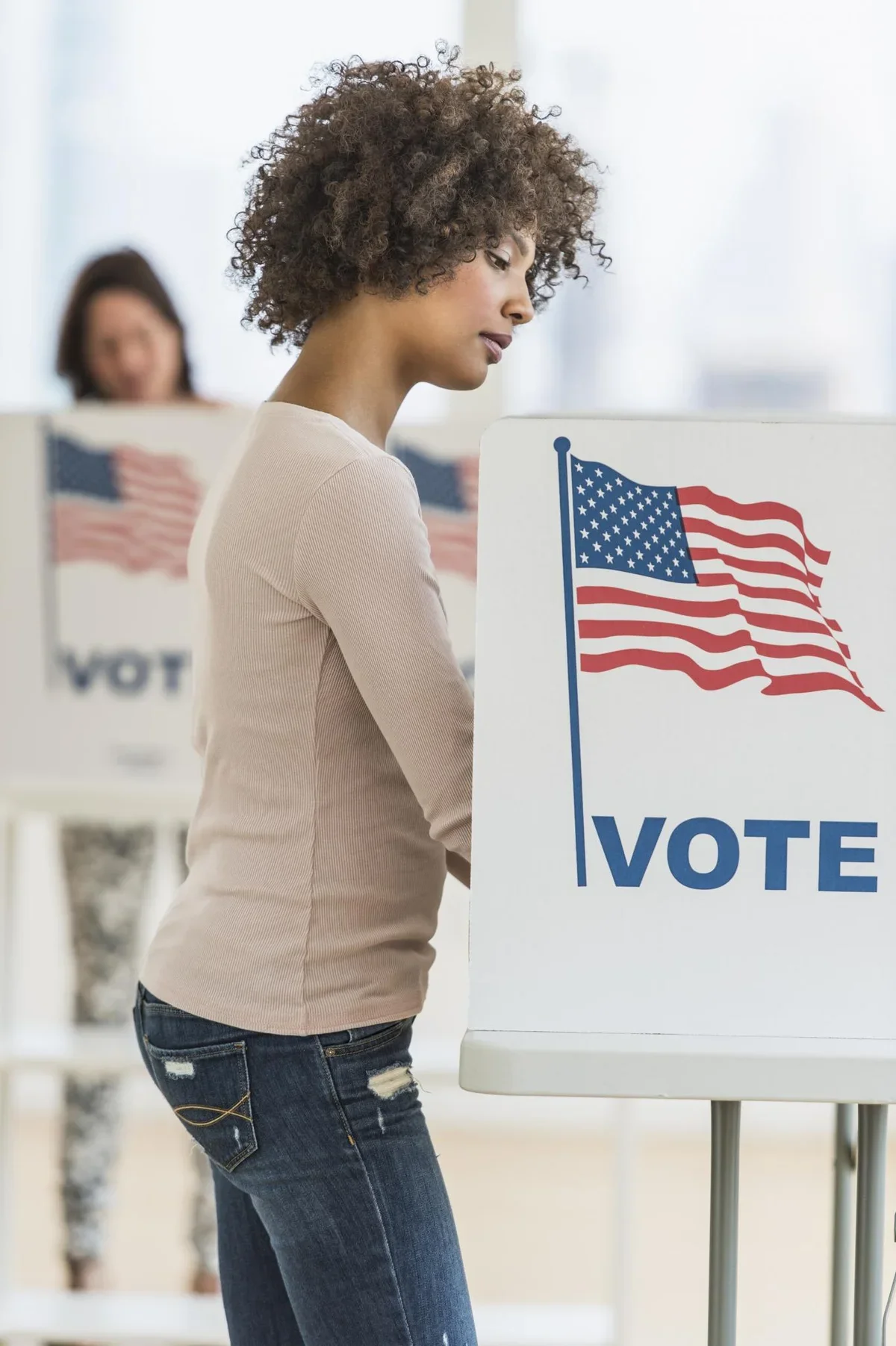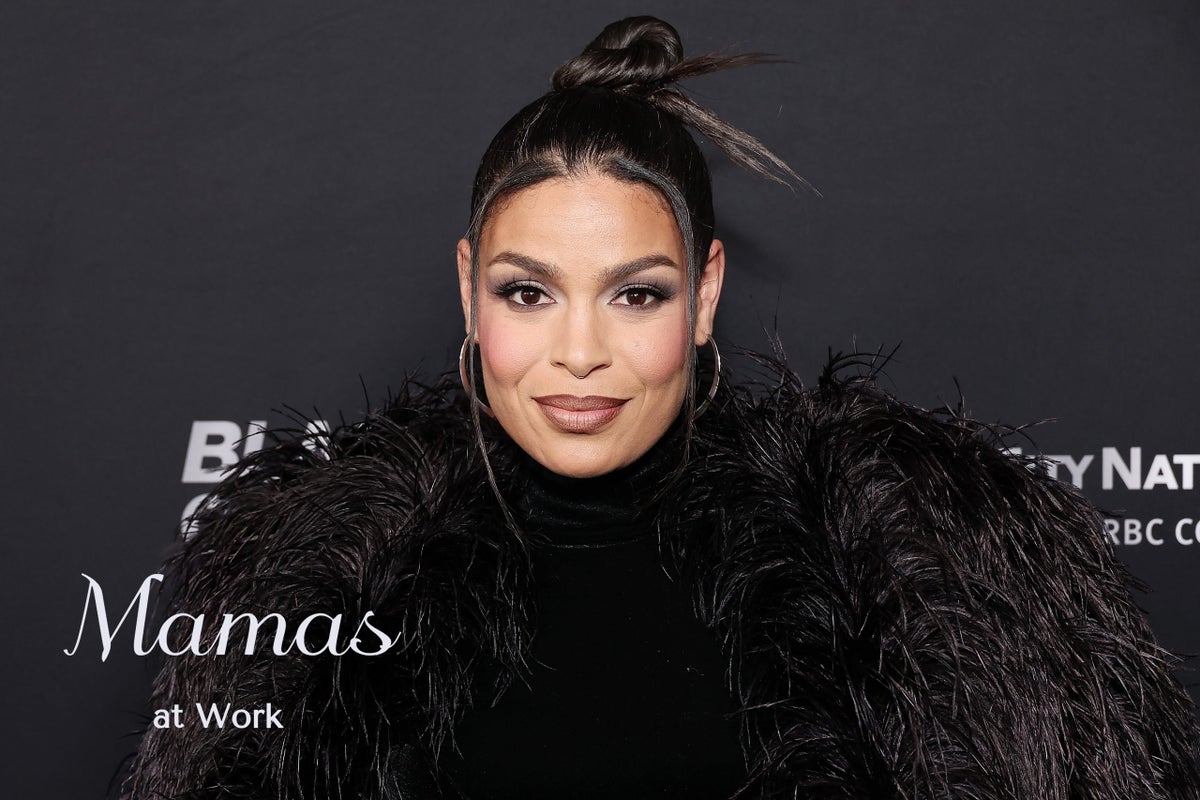
Two years ago, Boomerang, the film that showcased how upwardly mobile Black professionals show up in their lives turned 30. Directed by Reginald Hudlin, famously known for House Party, Boomerang was more than a depiction of the Black corporate world. It also pulled back the curtains on what an expansive romantic comedy with two Black leads could feel like. Released in 1992, it followed films like New Jack City, Juice, and Boyz N The Hood respectively. Boomerang comfortably stands apart from these movies, largely due to its content, but its costume design is equally robust and larger than life. Described as an “uneven, ostentatiously upscale comedy” by a New York Times critic, it was a multi-million dollar Black blockbuster reportedly earning $131.1 million worldwide upon its release. Yet, the film’s wardrobe by lead costume designer Francine Jamison-Tanchuck ethered it into cult classic territory.
While Tanchuck is known for her work on The Color Purple, White Men Can’t Jump and Sister Act 2, Boomerang marked a new milestone. There are societal inclinations with each costume she outfitted for the film’s most significant characters, Marcus Graham played by Eddie Murphy, and Jacqueline Broyer (Robin Givens). What Tanchuck accomplished was expertly showcasing smartly dressed executives who are in the upper-middle class of Black America giving a wider audience a glimpse into their lives. Beyond this, it offered a depiction that was spot-on for individuals who were living similarly to Marcus and Jacqueline, both of whom were wealthy advertising executives. The former was often wearing a sleek, tailored suit, while Jacqueline wore chic skirt suits in mainly primary colors like red and green. Angela Lewis, played by Halle Berry, provided another example of excellent costuming in Boomerang, allowing her to expand her acting prowess.
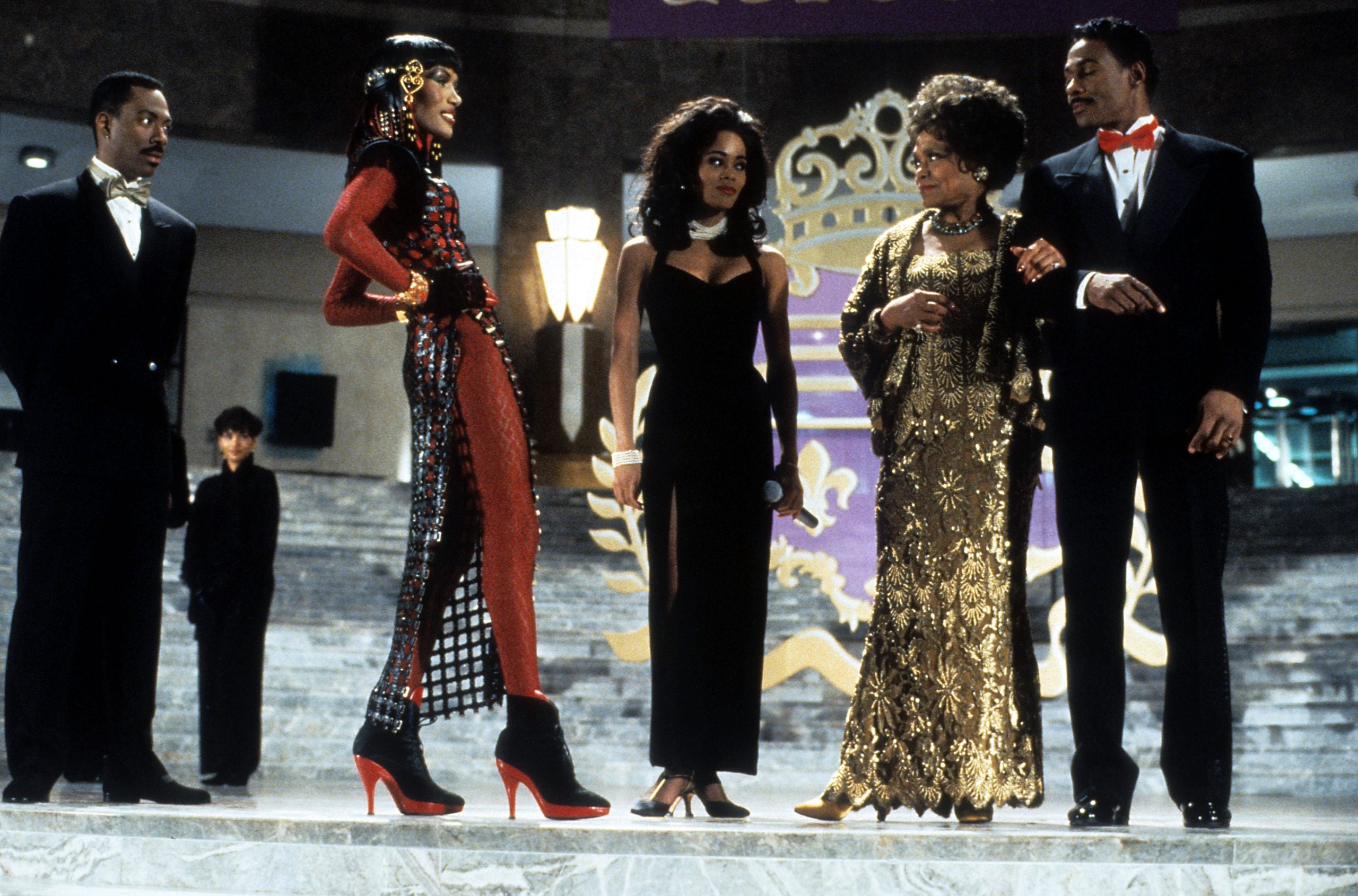
Jacqueline’s lustrous wardrobe featured covetable skirt suits with power shoulders. These sets were all the rage at the time, but her suits worn in the office were merely a facet of her character’s arc as an antagonist. The clothing choices for her character showcased her heightened femininity: almond-shaped nails, lavish jewelry, and red lipstick at all times. Her fascination with her outward appearance shined through her wardrobe too. No matter the setting, Jacqueline was dressed appropriately. If she was popping into the ad office, she’d wear a polished two-piece suit–while if she was at a black tie event, she’d opt for an elegant gown that hugged her statuesque model figure. Her character’s tendency to ether into feminine looks presented her as a well-dressed woman who unabashedly went after what she wanted career-wise.
The wardrobe choices for Givens were some of the film’s best and they’re etched into many fan’s minds even over 30 years later. The emphasis on her costuming is a major reason that Boomerang has such long standing influence and power within the Black film canon. Who can forget the grey trench coat scene when she showed up with nothing but lingerie underneath? This moment points to the lengths Tanchuck went through to prove Jacqueline’s dominance over Marcus and her sexuality in the film.
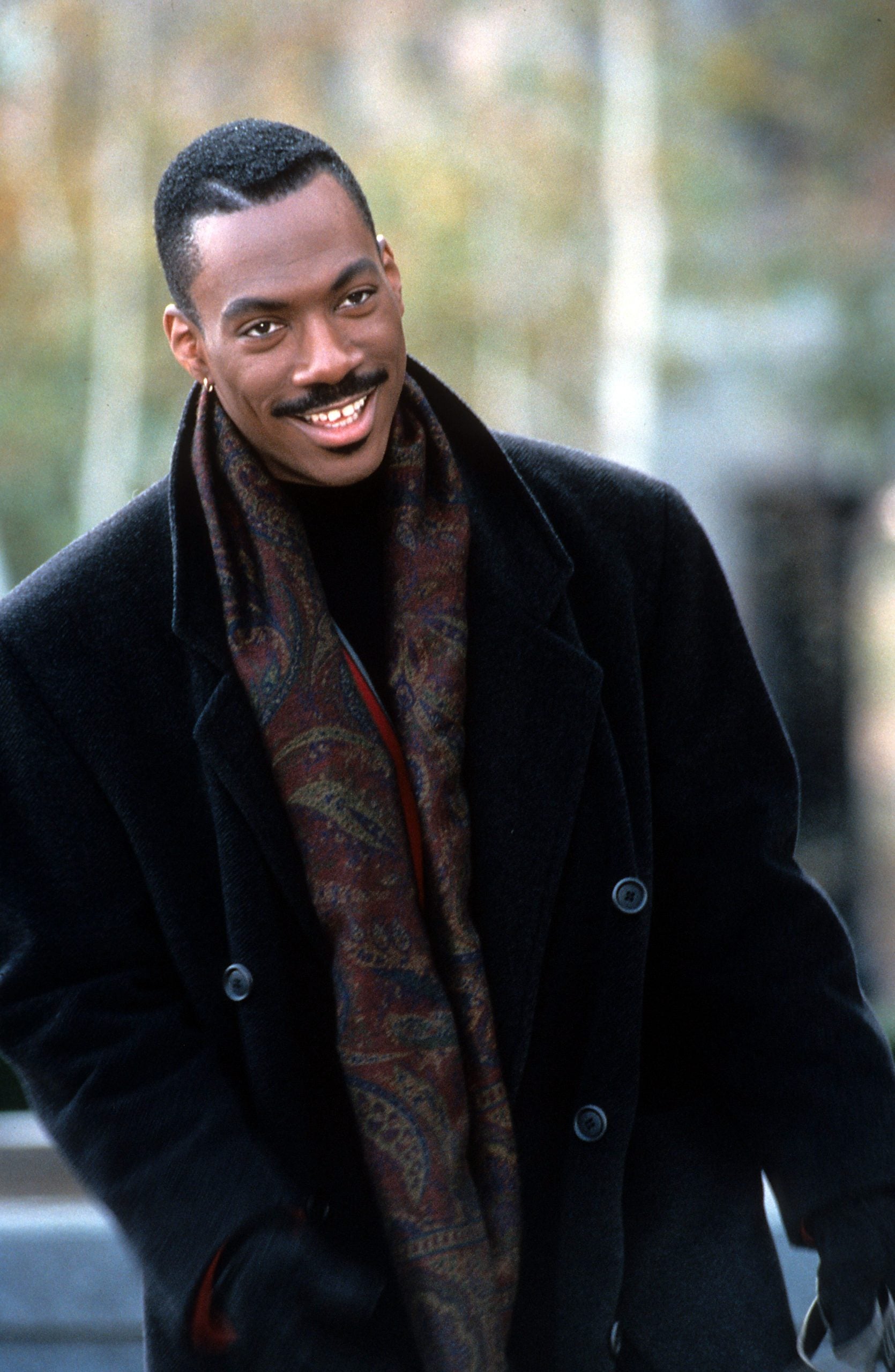
While not as gaudy, Angela was equally compelling, but she relied on other clothing pieces to express herself. Easy silk shirts, mini vests, high-waisted denim jeans, and relying on the hue black were what this artist leaned on. She appeared as if she allowed her work to largely speak for her. For a striking and memorable kiss she shared with Marcus one evening, Angela wears a red silk shirt–here she wears her heart on her sleeve. Through costuming and characterization, Boomerang paints Berry as an artist who is not as in tune with her sartorial decisions. She is nearly the opposite of Jacqueline–it’s not all about looks with Angela. This distinction is a signifier for women who also encompass the realm this character lives in that love is possible for them too.
Separately, Eddie Murphy who is depicted as a womanizer for most of the film is perhaps the most debonair man. Spot on with what Black men in the early ‘90s were wearing, Tanchuck’s designs included a head-turning black tuxedo, streetwear, and crisp suits for the office. Each of his outfits key in on his entry into rom-coms and leaning into a dapper persona by way of clothing allowed him to be a believable lead actor. Since Murphy was formerly known for comedies such as Trading Places and the buddy cop franchise Beverly Hills Cop the wardrobe for Boomerang had to be spot on, and it was.
In one distinct scene, Murphy dons a navy blue suit alongside Givens. The cut and fit of his suit is nearly perfect. In another moment, he is wearing a black tuxedo with a white button-up to a gala that is unforgettable–it’s reminiscent of what men of this era wore to their weddings. The cleaned-up depiction of his character who outright is aiming to land countless women is an interesting juxtaposition. But, despite this, he persists and is outfitted in pieces that note his money and his reliance on his appearance to carry him through offices and into the beds of women he seeks to conquer. Marcus’ wardrobe aside from what is previously mentioned provides a glimpse at how Black men can exist in corporate spaces, successful and dressed distinctly to point to their wealth and influence.
What is the legacy of Boomerang’s costuming? Simply put, the film’s depiction and further normalization of stylish, upper-crust Black individuals trumps any other notions. Scenes and poignant conversations in the scene were further emphasized by the clothing decisions made by Tanchuck. The brilliance of the movie also lies in how its lead costume designer showcased the style of the early ‘90s. At the time no one knew that this era would go on to be considered an iconic period of time for fashion. Further proof of this: at the moment ‘90s style is still experiencing a moment.

